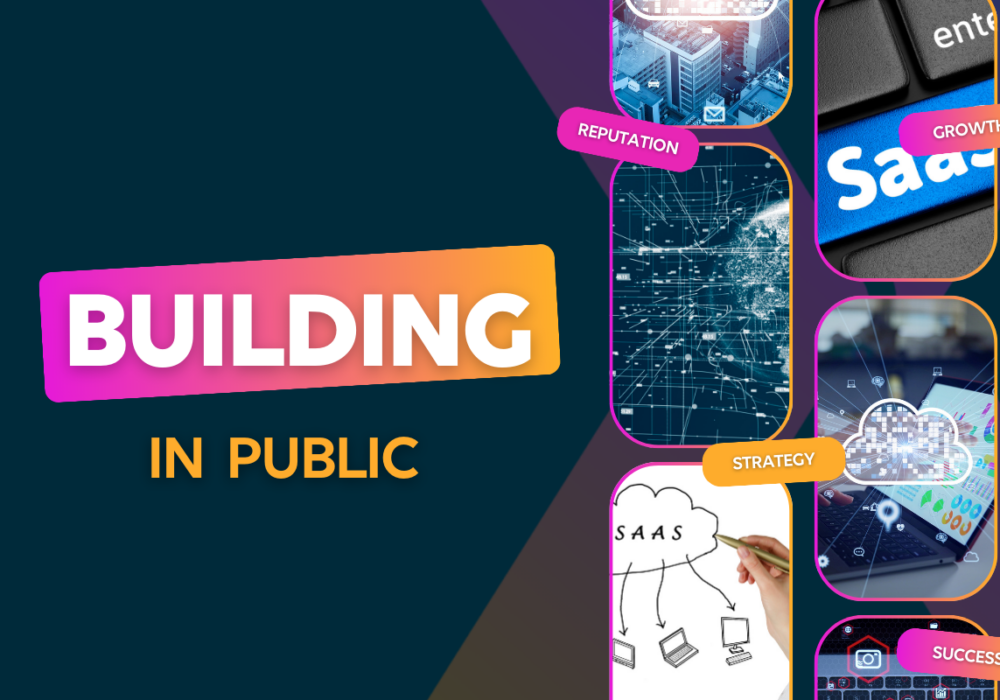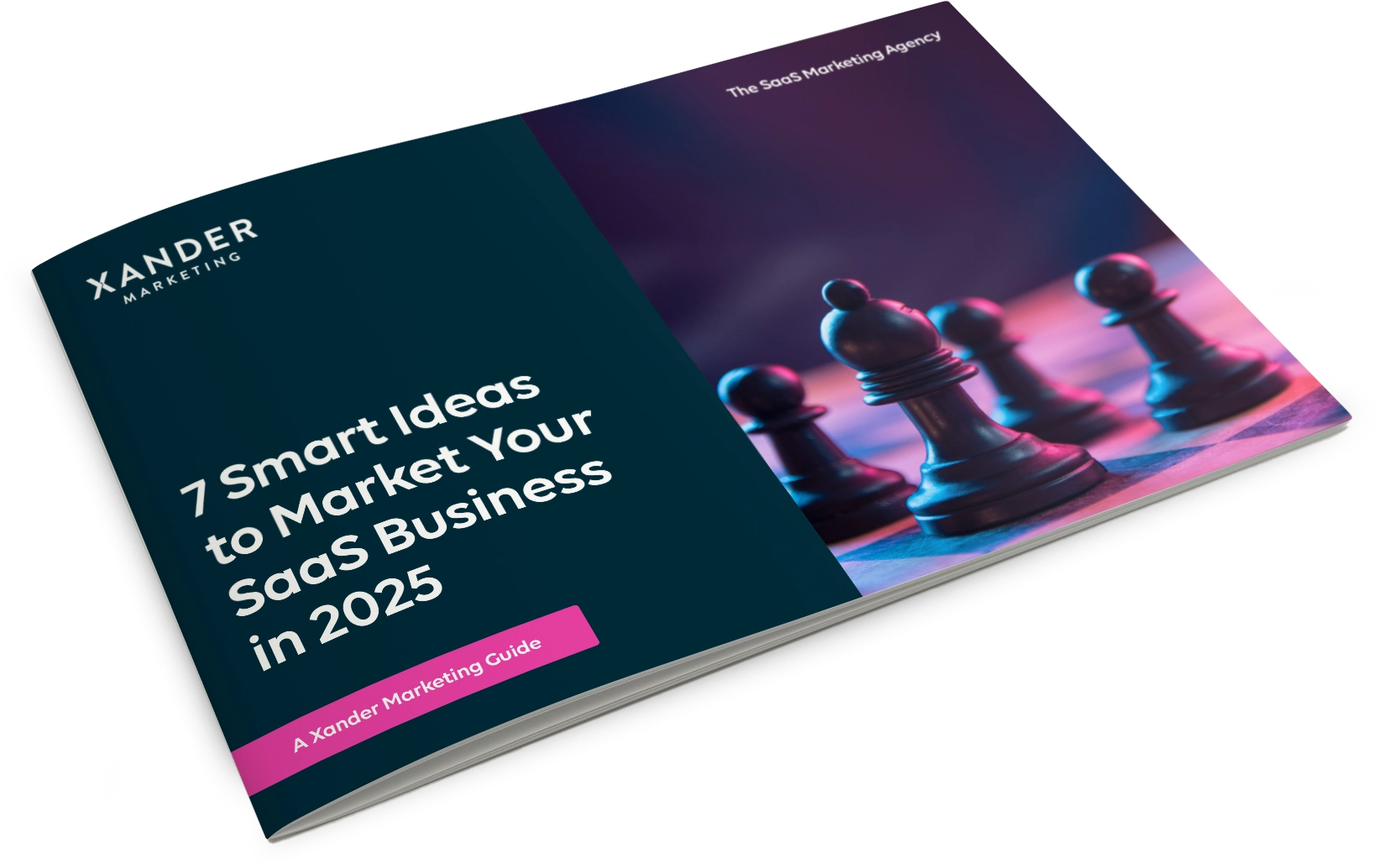How to maximise your demo conversion rates – what you should be doing before, during and after
7th September 2020
Reviewing your software demos to make them more effective
It takes a lot to bring a prospect to the point of signing up to a SaaS demo. Just ask anyone holding the marketing budget purse strings!
But seriously, it takes a lot of time and thought to attract the interest of your target audience. Many optimise the marketing process to produce conversions in the shape of clicks and other responses to CTAs. But when it comes to getting prospects over the line and signing up as leads, how many are letting themselves down by failing to convert because of an ineffective approach to product demonstration?
Here are some things to consider that will help you review your online demo process, structure and format to improve your demo win rate.
Book demo conversions
Let’s start at the beginning – the point where someone signs up for a demo. With a form, what data do you capture? Usually, asking for less is better because it’s quicker. Do you really need a job title, for instance?
Scheduling bookings online with tools like Calendly or HubSpot is an attractive option because it lets you publish availability and the prospect gets to choose a time that suits them – all without emails or calls, even better integrate it with an app like Zoom to automatically have a virtual meeting room ready for your demo.
Pre-demo communication
What happens between confirming the booking and the demo? It’s best to prevent it becoming a silent void. Maintaining a dialogue is important to sustaining interest and preventing no-shows.
Consider emailing with content, like videos, or maybe ask questions to help focus the conversation during the demo. Are there any specific business problems that you need to address? What about a qualification call to lead score the prospect, if you haven’t done this already?
The Demo
What structure do you use? It’s basically the running order. Where do you start? Agenda? Or do you recap with what you think the prospect wants to achieve? Good idea, because if it doesn’t match up with what you expect, it might change what you need to do!
Or choose to start with slides, creds, chit-chat, ice-breakers…
Do you demo the whole thing or what the prospect wants to see? Setting the context in some way seems logical, and it also seems to be an ingredient of success.
Your team
Who’s on the field? Product specialist, sales and account manager? Or CEO, founder or operations manager? Perhaps tailor as appropriate to each opportunity. Think who’s present from their side and match. Best beware of over-powering with heavy hitters or weight of numbers. Who is going to take the lead? Did someone develop the prospect?
Consistency from demo to demo
Developing a template for the structure is a good way to ensure you achieve a uniform feel to every demo. This helps quality management because it is easier to compare demos conducted in the same structure rather than those that are constructed ad-hoc, on the fly. Do you record them, for your prospects’ reference, and to pass on to people who couldn’t make the demo? Recording is great for quality analysis purposes too.
The Talk to Listen Ratio
The ratio of how much you talk against how long you listen is likely to be pretty important. Have you thoroughly analysed the performance of your demos?
Don’t worry if you don’t have your own recordings, because the geeks over at Gong.io have pretty much scrubbed it down already for you! They wrote up what they learned and shared it here, along with their thoughts on structure, the conversation ping-pong rate, pricing discussions and post-demo next steps.
Post demo communication
Ideally, if the demo really worked and their need was great enough, the prospect converted on the spot! If not, what’s the next move? Perhaps set a timetable at the end of the demo for the next steps. Establishing a personal dialogue for objection handling, discussing issues, and overcoming barriers to sign up, can all be part of the sales process.
A lot of this depends on whether your sale is consultative, or your software is more of a productised offer. Even when your prospects go cold, scheduled post demo email and communications offering content in other channels can help to keep the opportunity alive.
Help to give more effective demos with Xander Marketing
For some cloud software businesses, failing to optimise product demos for SaaS software is wasting marketing budget and increasing the cost of each paid subscription sign up. It is well worth every SaaS vendor that offers demos, reviewing its demo, process, structure and format.
Since the 2008 crash, we’ve been helping clients to make better marketing investment decisions to maximise on market opportunities. In that time, Xander Marketing has helped over 200 B2B SaaS businesses succeed in achieving their business objectives.
Let’s get started… arrange a free one-hour consultation today.






